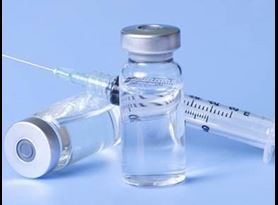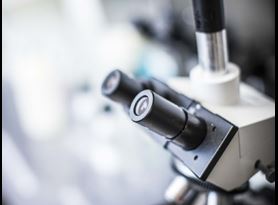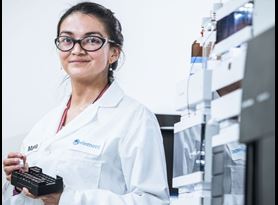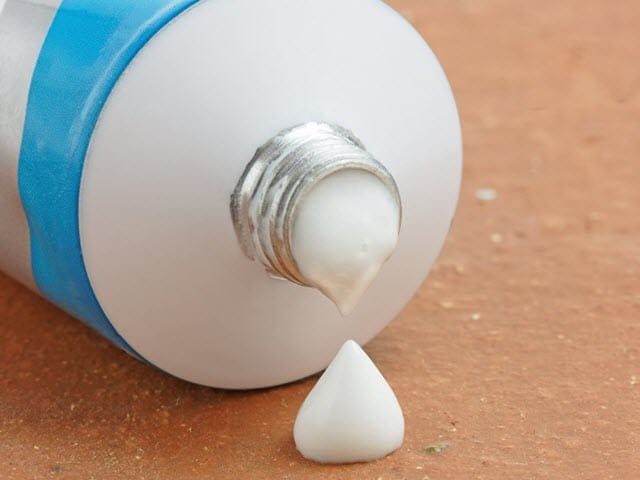Element is a recognized world leader in the design, development and clinical manufacturing of robust topical drug products with an extensive range of therapeutic indications containing small molecules in addition to peptides, proteins and oligonucleotides.
Element’s deep bench of scientific and regulatory expertise, purpose-built laboratories, well-equipped clinical trial manufacturing facilities, and deep-rooted commitment to quality and compliance support the entire topical drug product development and production process. Our team of highly skilled formulators are experienced in overcoming the challenges and issues unique to the development of complex topical formulations. The successful development of physically and chemically stable topical formulations with optimal penetration requires an in-depth understanding of physiochemical properties, including release characteristics, the composition of the drug-delivery system, and the nature of the drug delivery vehicle.
In addition to facilitating patient compliance, topical products offer a wide range of benefits, including ease of delivery and the ability to avoid the problem of first-pass metabolism. When it’s impractical or too costly to formulate topical products in-house, Element has the advanced instrumentation and skilled team needed to develop and manufacture even the most complicated topical formulations in a variety of dosage forms, including gels, creams, lotions, ointments, suppositories, emulsions, liquids and other semisolid forms.
Element’s Quality by Design (QbD) approach to topical product development
Element’s topical product development laboratory offers comprehensive support for various regulatory pathways, including investigational new drugs (IND), new drug applications (NDA), and abbreviated new drug applications (ANDA), built upon Quality by Design (QbD) principles. The use of a QbD approach is strongly encouraged by the FDA, and the Agency now looks for QbD components in regulatory submissions. Using a QbD approach to create a Design of Experiments (DoE) determines the design space for manufacturing a product. Having a wider design space for process parameters allows for more robust manufacturing that can potentially decrease manufacturing time, increase product shelf life, or increase batch yields.
When a QbD approach is employed, an understanding of production processes and manufacturing instrumentation that will be used to develop the final product is brought into the analytical research and development process, resulting in a higher quality finished product. QbD formalizes product design, automates testing, and streamlines troubleshooting, as an alternative to solely relying on finished product testing. Our consultative team of regulatory and scientific experts help clients not only understand and implement QbD, but also accelerate speed to market, helping companies launch valuable, safe, and effective topical products in the most reliable and cost-efficient manner.
QbD components include:
- A quality target product profile (TPP)
- Critical quality attributes (CQAs)
- Critical process parameters (CPPs)
- Critical material attributes of drug and excipients
- A control strategy
- Define the effective design space of testing methods as well as manufacturing processes
Topical drug development and clinical manufacturing services
- Target product profile (TPP) development and support
- Pre-formulation studies (excipient compatibility, solubility, pH profile)
- Lead formulation selection
- Prototype formulation design and development
- Topical product design and formulation development
- Novel formulation development or existing formulation optimization
- Process development, including identification and optimization of critical process parameters (CPPs)
- Process validation and process performance qualification (PPQ) batches
- Analytical and microbiological development
- In-process and finished product release testing
- R&D and ICH stability studies
- Packaging and container/closure compatibility and integrity testing
- IVRT (in vitro release testing) and IVPT (in vitro permeation) studies
- Lab-scale, pilot, and clinical trial material manufacturing
- Trial runs on new products
- Packaging and labeling
- Technology transfer and scale-up support
- Development of technical and regulatory documentation
Processing and production capabilities
- Controlled substances (Schedules I-V)
- High and low shear homogenization
- Semi-automated vial, bottle, and tube filling
- Temperature controls
- Variable speed mixing
- Double-sided agitation
- Blending and granulation
- cGMP batch sizes (1 to 20 L)
The Element advantage
Element’s industry-leading team of formulators continually tackle highly complex and challenging projects, including the formulation of topical gels, creams, emulsions, foams and sprays. A multitude of factors can influence the stability and efficacy of semisolid and topical formulations, including mixing method, temperature, time, heat and cooling rate. Our laboratories are outfitted with equipment that enables us to exercise precise control over these factors, allowing us to develop optimal manufacturing processes. Additionally, some active pharmaceutical ingredients (APIs) can be compromised by environmental factors, including UV light and oxygen. Element’s scientists have the technical expertise to develop safe, effective, and stable topical formulations that circumvent potential degradation challenges.
Whether you plan to formulate an entirely new topical product or just need to streamline your current production process, Element has the deep bench strength, technical breadth, and experience to help. For more information about Element’s topical product development services or to request a quote, contact us today.
More from Element

Extractables and Leachables Studies
Element's extractables and leachables studies offer tailored solutions that ensure patient safety and compliance with industry standards.

Pharmaceutical Research and Development Services
Element provides a comprehensive range of pharmaceutical research and development services to deliver accurate results while reducing cost and time to market.

Material Sciences Testing
Element offers comprehensive materials testing capabilities to provide you with the guarantees you need for safety, quality, and performance.

Chemistry, Manufacturing, and Controls (CMC) Consulting Services
We provide consulting services for Chemistry, Manufacturing, and Controls (CMC) product development in the pharmaceutical and biotechnological industries.

